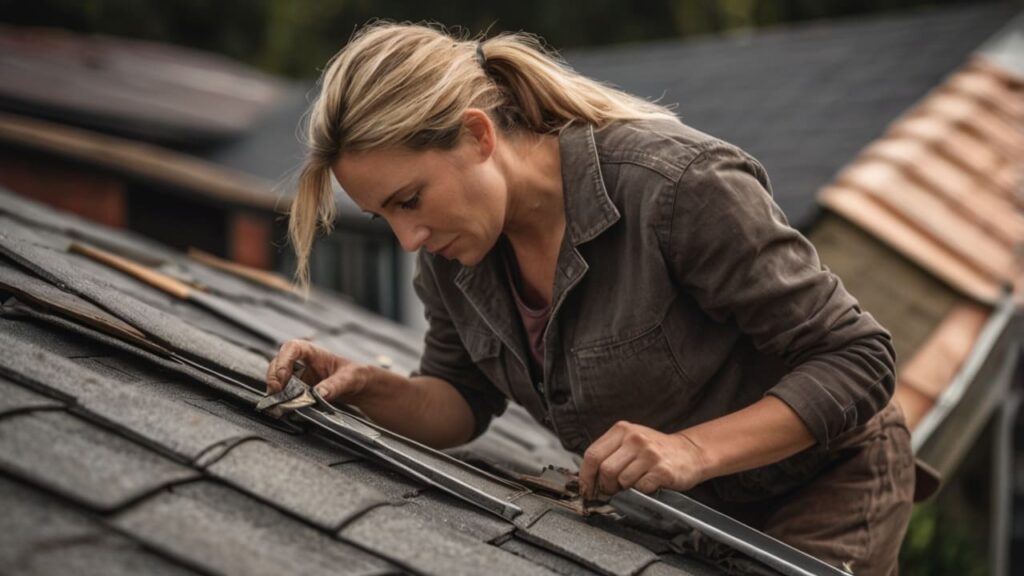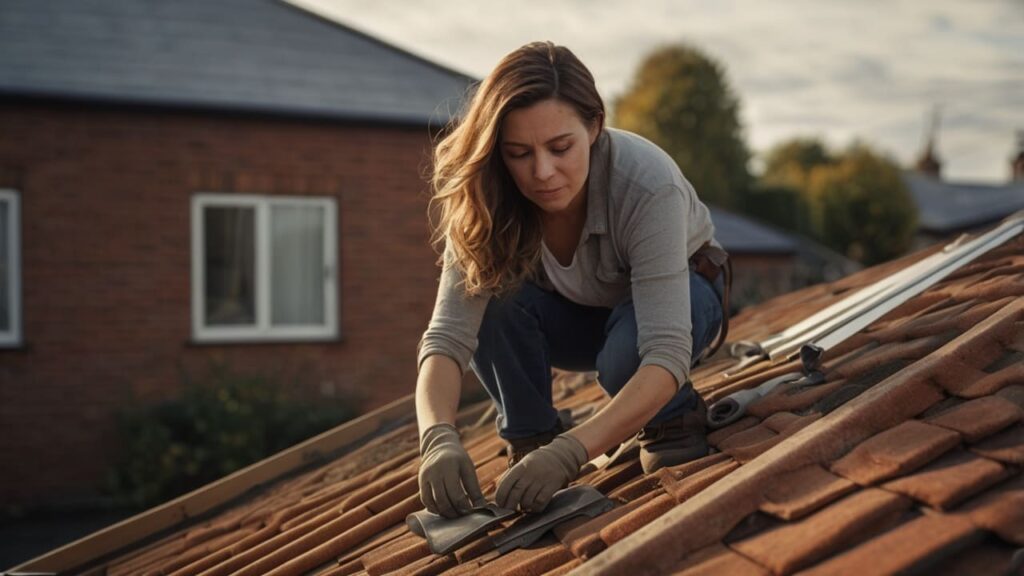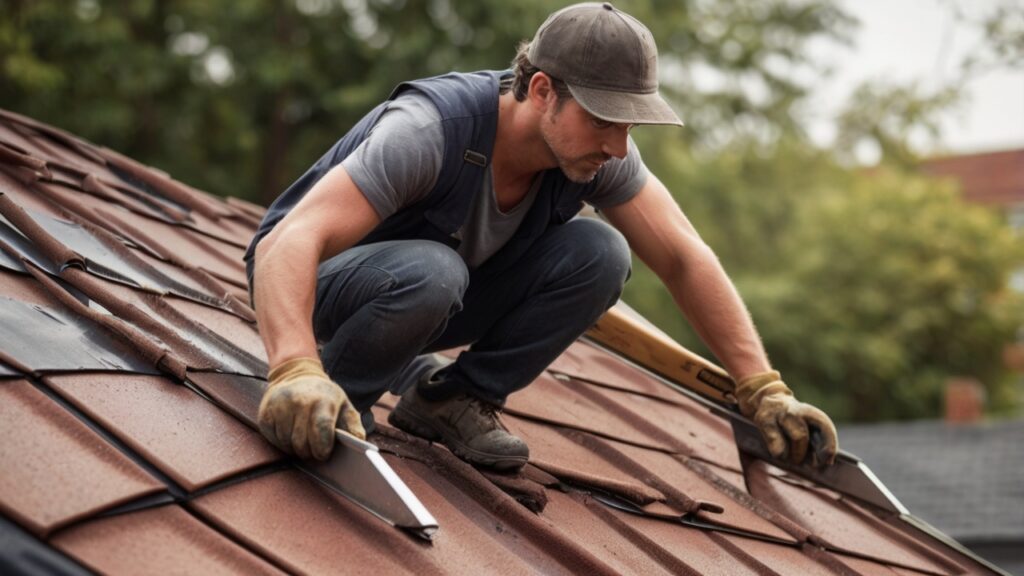It’s surprising how often people underestimate the role of low slope roofing systems. At first glance, a flat or slightly tilted roof looks simple, almost too simple compared to the dramatic slope of a pitched roof. But the truth? These systems are among the most complex and carefully engineered solutions in the roofing world. They’re widely used in commercial roofing options and modern residential homes because of their sleek appearance and practicality.
I’ll admit, my first encounter with a flat roof wasn’t glamorous. It was on an old warehouse in North Carolina, and I remember the contractor joking that the roof looked like “a pancake begging for syrup.” Funny at the time, but it stuck with me because it highlighted something: flat roofs demand specialized care. They need trusted professionals who understand not only the materials but also how weather, drainage, and temperature play a role. You might recall another discussion about the best conditions for roofing projects—temperature plays an equally big part here.
If you’re curious about flat roof types and how they impact long-term durability, you’re not alone. Business owners, property managers, and even modern homeowners are starting to ask detailed questions about options like TPO roofing, EPDM membranes, or modified bitumen systems. And I think it’s a good sign—people are more informed and cautious about protecting their investment.
Why Low Slope Roofs Are Different
A roof with a steep pitch sheds water naturally, almost effortlessly. With a low slope, it’s the opposite: water wants to linger, and if the system isn’t perfectly installed, small puddles become leaks. That’s why these systems rely heavily on waterproof membranes and professional sealing methods.
According to Sarah Mitchell, a roofing engineer specializing in commercial projects, “Low slope roofs don’t forgive mistakes. A nail out of place, or a seam left unsealed, and the problem shows up within weeks instead of years.”
This is why reliable contractors use extra inspection tools—infrared scanners to detect moisture under membranes, specialized rollers for seam bonding, and adhesive systems tailored to specific materials. It’s not overkill; it’s simply the only way to ensure the roof survives harsh seasons.
Exploring the Main Flat Roof Types
There are several major low slope roofing systems, and each comes with strengths and quirks.
TPO Roofing
Thermoplastic Polyolefin (TPO) has exploded in popularity in commercial settings. It’s bright white, reflects sunlight, and reduces cooling costs in the summer. A trusted contractor will use heat welders to fuse the seams, making them watertight and highly durable.
But I’ve also seen DIY attempts go wrong. Without professional welding, seams peel, and water finds its way inside. That’s the downside—you need an expert crew.
EPDM Roofing
EPDM is a synthetic rubber membrane, black in color, flexible, and relatively forgiving. It’s especially common in climates where temperature fluctuates. Unlike brittle shingles that crack in the cold, EPDM stretches and contracts without losing integrity.
Repair processes are straightforward too—patch kits with adhesive and rollers are often used. One contractor told me they keep EPDM repair kits in their truck at all times because small punctures are common, especially if debris lands on the roof.
Modified Bitumen Roofs
Modified bitumen feels old-school but proven. It’s a rolled material, often applied with heat or cold adhesives. It’s thicker than TPO or EPDM, giving it extra strength against foot traffic. On smaller commercial properties, it’s a reliable choice.
One caveat: bitumen can be tricky during installation. If overheated, it bubbles. If applied too cold, it won’t bond properly. This is where understanding roofing temperature considerations becomes critical again.
Repair and Maintenance Challenges
Low slope roofs require more frequent inspections compared to pitched roofs. Standing water, clogged drains, or even a small blister in the membrane can escalate quickly.
Professional contractors often use:
- Core cutters to test roofing layers.
- Moisture meters to detect hidden leaks.
- Sealant compounds designed specifically for flat roofs.
I’ve heard stories where simple neglect led to major losses. One shopping plaza delayed roof inspections for a year; the result was $40,000 in water damage repairs. That’s why experts emphasize consistent maintenance.
Real Case Study: A North Carolina Repair Success
A commercial office in Raleigh had chronic leaks due to improper EPDM seam sealing. Instead of rushing to patch, the contractor performed a full membrane inspection, replaced compromised seams with heat-welded TPO, and redesigned the drainage system slightly. The result? No leaks in four years, despite heavy rainstorms.
The building manager admitted, “I thought replacing the whole roof was the only option. But the repair was smarter, cheaper, and more reliable than I expected.” This is a great example of why North Carolina low slope roof repair experts matter—they adapt solutions rather than pushing unnecessary replacements.
How Costs and Materials Compare
People often ask about affordability. Compared to pitched roofs, some commercial roofing options can be more cost-effective because installation is faster on flat surfaces. But materials vary:
- TPO is mid-range in price but excellent for energy efficiency.
- EPDM is affordable and durable, especially for large areas.
- Modified bitumen sits between affordability and strength.
These options also raise broader questions that clients often search for, like “what’s the most cost-friendly roofing material available?” or “which roof designs provide the highest strength against storms?” While the answers depend on context, professional contractors can walk property owners through scenarios that match their budget and needs.
Beyond Today’s Topic: Expanding Roofing Insights
The conversation about types of low slope roofing systems naturally branches into other areas. For example, some homeowners prefer learning about low maintenance roof styles that cut down on repairs—guides like this one on long-lasting roof options cover that perfectly.
Other potential angles worth exploring include:
- The science behind insulation layers under flat roofs and how they affect indoor temperature control.
- Smart roofing technologies—such as solar-integrated flat membranes—that are slowly moving from luxury to practical.
- Emergency response tactics, like temporary tarping methods, that contractors use to protect flat roofs after sudden storm damage.
- How small design tweaks in drainage systems can prevent major losses over time.
These aren’t random add-ons—they’re the natural next step in helping property owners fully understand the balance between cost, durability, and long-term performance.
Common Mistakes to Avoid
From my perspective, the most common mistake is assuming a flat roof equals low complexity. In reality:
- Using improper adhesives creates weak seams.
- Ignoring cleaning schedules leads to clogged drains.
- Walking carelessly on membranes during summer heat leaves permanent scuff marks.
A reliable expert knows these pitfalls and actively avoids them. Homeowners or business owners working with less experienced contractors should be wary of shortcuts.

FAQs
Q1: Which low slope roofing system lasts the longest?
EPDM and TPO are both known for longevity, with lifespans of 20–30 years if installed and maintained professionally.
Q2: Can flat roofs handle heavy rainfall?
Yes, provided they are designed with proper drainage. Without it, standing water will cause damage within months.
Q3: Are low slope roofs more expensive to repair?
Not always. Repairs can be cost-effective if damage is caught early. Costs increase only when problems are ignored for too long.
The truth is, low slope roofing systems demand more attention than they appear to. They’re elegant in design but unforgiving in execution. Whether it’s TPO roofing, EPDM membranes, or modified bitumen solutions, choosing the right system depends on climate, budget, and the expertise of your contractor.
Reliable and professional roofers don’t just “install”—they anticipate water flow, temperature shifts, and long-term durability. That’s why choosing a trusted company with experience in both residential and commercial roofing options is your best safeguard.
If this article gave you clarity, please don’t keep it to yourself—share it on your social media using the buttons below. You never know who in your circle is struggling with flat roof problems and needs professional insight right now.



